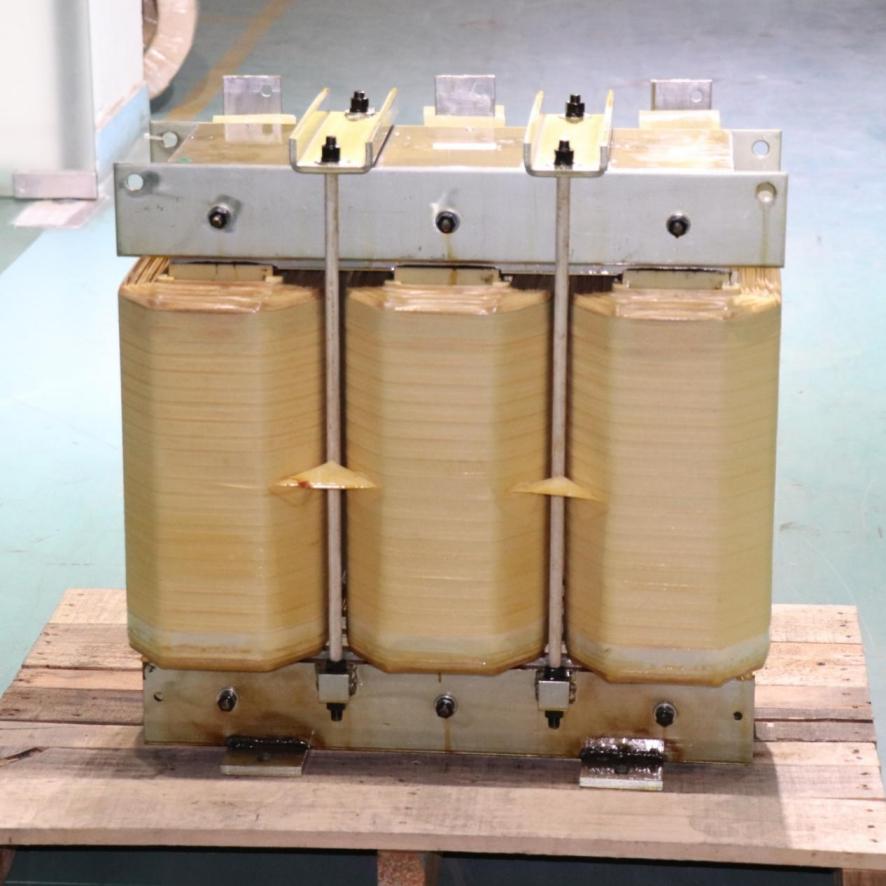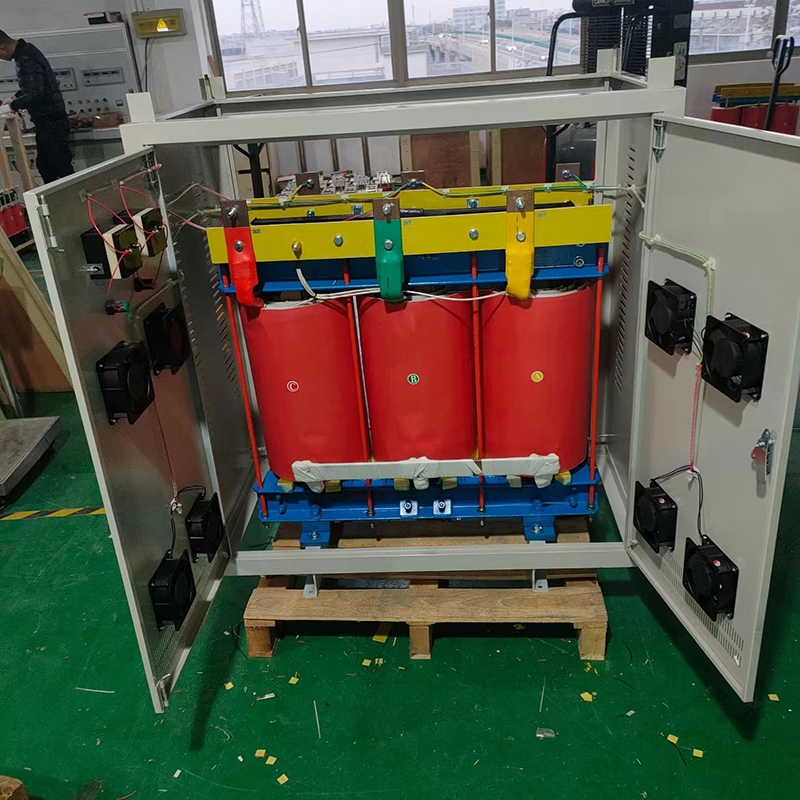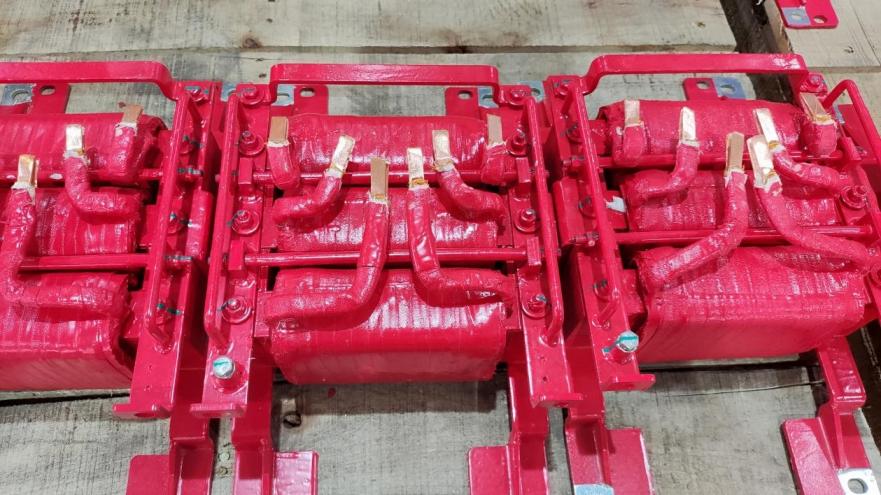Explore the indispensable function of 480 to 120 transformers in modern electrical grids. Investigate the dynamic landscape of market trends, technological advancements, and sustainability initiatives shaping this pivotal sector. Discover how Shinenergy leads with innovative solutions, tailored to diverse voltage requirements, ensuring steadfast power distribution.

Introduction to the 480 to 120 Transformer Market
1.1 Overview of the Market Landscape
The 480 to 120 transformer market plays a pivotal role in modern electrical systems, facilitating the safe and efficient distribution of power across various sectors. With increasing demand for electricity in industrial, commercial, residential, and institutional settings, the market for transformers has witnessed substantial growth. Among the key players in this market, Shinenergy stands out for its innovative solutions and commitment to quality.
1.2 Importance of Transformers in Electrical Systems
Transformers are essential components in electrical systems, serving the critical function of stepping down voltage levels to match the requirements of specific applications. In the case of the 480 to 120 transformer, the primary purpose is to convert high-voltage electricity from the grid (480 volts) into a lower voltage suitable for use in various equipment and appliances (120 volts). Without transformers, it would be impractical and unsafe to utilize electricity for a wide range of purposes.
1.3 Market Segmentation
The market for 480 to 120 transformers is segmented across industrial, commercial, residential, and institutional sectors, each with unique requirements and applications. Industrial settings often require transformers for heavy-duty machinery and equipment, while commercial buildings rely on them for lighting, HVAC systems, and other electrical loads. In residential areas, transformers are integral to powering household appliances and electronics. Institutional sectors such as hospitals, schools, and government facilities also depend on transformers for their electrical infrastructure.
Market Status and Trends
2.1 Current Market Size and Projected Growth
The market for 480 to 120 transformers has experienced steady growth in recent years, driven by factors such as expanding industries, infrastructure development, and the integration of renewable energy sources. Industry reports and analyses indicate a robust market size with promising growth prospects in the foreseeable future. As economies continue to develop and modernize, the demand for transformers is expected to rise, further fueling market expansion.
2.2 Factors Driving Market Growth
Several factors contribute to the growth of the 480 to 120 transformer market. The expansion of industries, particularly in sectors such as manufacturing, oil and gas, and construction, necessitates reliable and efficient power distribution systems. Additionally, ongoing infrastructure development projects, such as urbanization initiatives and transportation upgrades, require transformers to support the increasing demand for electricity. Furthermore, the integration of renewable energy sources like solar and wind power into the grid requires transformers to manage voltage fluctuations and ensure grid stability.
2.3 Technological Advancements Shaping the Market
Advancements in transformer technology have led to the development of smart transformers equipped with digital monitoring and control systems. These innovative features enable remote monitoring, predictive maintenance, and real-time fault detection, enhancing the reliability and efficiency of electrical systems. Smart transformers also contribute to grid modernization efforts by enabling seamless integration with smart grid infrastructure. As the industry continues to innovate, the market for 480 to 120 transformers is poised to benefit from these technological advancements.
Needs and Challenges
3.1 Identifying the Needs of End-Users
End-users of 480 to 120 transformers have specific needs related to reliable power distribution, energy efficiency, and safety. Industrial clients require transformers capable of handling heavy loads with minimal downtime, while commercial and residential customers prioritize energy-saving features to reduce operating costs. Moreover, ensuring the safety of electrical systems is paramount, particularly in environments where the risk of electrical hazards is high. Meeting these diverse needs requires transformers that are not only technologically advanced but also customizable to suit various applications.
3.2 Challenges Faced by Manufacturers and Suppliers
Manufacturers and suppliers of 480 to 120 transformers face several challenges in meeting the demands of the market. One significant challenge is ensuring compliance with regulations and standards governing transformer design, manufacturing, and installation. These regulations aim to uphold safety standards, prevent electrical accidents, and mitigate environmental impact. Additionally, manufacturers must contend with diverse voltage requirements across different regions and industries, necessitating a range of transformer configurations and specifications. Moreover, with increasing emphasis on sustainability, there is a growing need to minimize energy losses and environmental impact throughout the lifecycle of transformers.

3.3 Environmental Concerns
Environmental concerns play a significant role in shaping the future of the transformer market. Reducing energy losses during power transmission and distribution is essential for improving overall energy efficiency and reducing greenhouse gas emissions. Manufacturers are exploring eco-friendly materials, energy-efficient manufacturing processes, and recyclable components to minimize the environmental footprint of transformers. Furthermore, advancements in transformer design and operation aim to enhance sustainability by optimizing resource utilization and minimizing waste generation.
Solutions and Innovations
4.1 Advanced Transformer Technologies
The evolving landscape of transformer technologies has led to the development of advanced solutions that address the needs of modern electrical systems. Compact designs allow for space-efficient installation in constrained environments, while high-efficiency transformers help reduce energy losses and operating costs. Moreover, advancements in insulation materials and cooling systems enhance reliability and durability, ensuring long-term performance even in harsh operating conditions. By embracing these innovative technologies, end-users can benefit from improved efficiency, reliability, and cost-effectiveness in their electrical infrastructure.
4.2 Integration of Smart Features
Smart transformers represent a significant innovation in the transformer market, offering a range of intelligent features that optimize performance and facilitate proactive maintenance. Remote monitoring capabilities enable real-time status updates and predictive analytics, allowing operators to identify potential issues before they escalate into costly failures. Furthermore, advanced control systems enable dynamic voltage regulation and load management, improving grid stability and efficiency. By embracing smart features, end-users can enhance the reliability, resilience, and flexibility of their electrical systems, thereby ensuring uninterrupted power supply and minimizing downtime.
4.3 Customization Options
Customization is key to meeting the diverse voltage and power distribution requirements of different industries and applications. Manufacturers like Shinenergy offer a range of customization options, allowing customers to specify transformer configurations, voltage ratings, and additional features according to their specific needs. Whether it’s a compact transformer for space-constrained environments or a high-capacity unit for industrial applications, customization ensures that each transformer is tailored to meet the unique requirements of its intended application. By collaborating closely with customers and leveraging advanced design and manufacturing capabilities, Shinenergy delivers bespoke solutions that exceed expectations in terms of performance, reliability, and efficiency.
4.4 Sustainable Practices
In an increasingly environmentally conscious world, sustainability has become a key focus area for transformer manufacturers. By adopting sustainable practices throughout the product lifecycle, from design and manufacturing to operation and disposal, manufacturers can minimize their environmental impact and contribute to a more sustainable future. This includes using eco-friendly materials, optimizing energy consumption during manufacturing processes, and implementing recycling programs for end-of-life transformers. By prioritizing sustainability, Shinenergy demonstrates its commitment to environmental stewardship and ensures that its products align with the principles of sustainable development.

Conclusion
The 480 to 120 transformer market plays a vital role in modern electrical systems, facilitating the safe and efficient distribution of power across various sectors. With increasing demand for electricity and evolving industry trends, the market continues to grow and evolve, driven by technological advancements, changing customer needs, and environmental considerations. Manufacturers like Shinenergy are at the forefront of innovation, offering advanced transformer solutions that meet the diverse requirements of end-users while prioritizing efficiency, reliability, and sustainability. By embracing smart features, customization options, and sustainable practices, Shinenergy remains poised to lead the market and shape the future of electrical power distribution.

